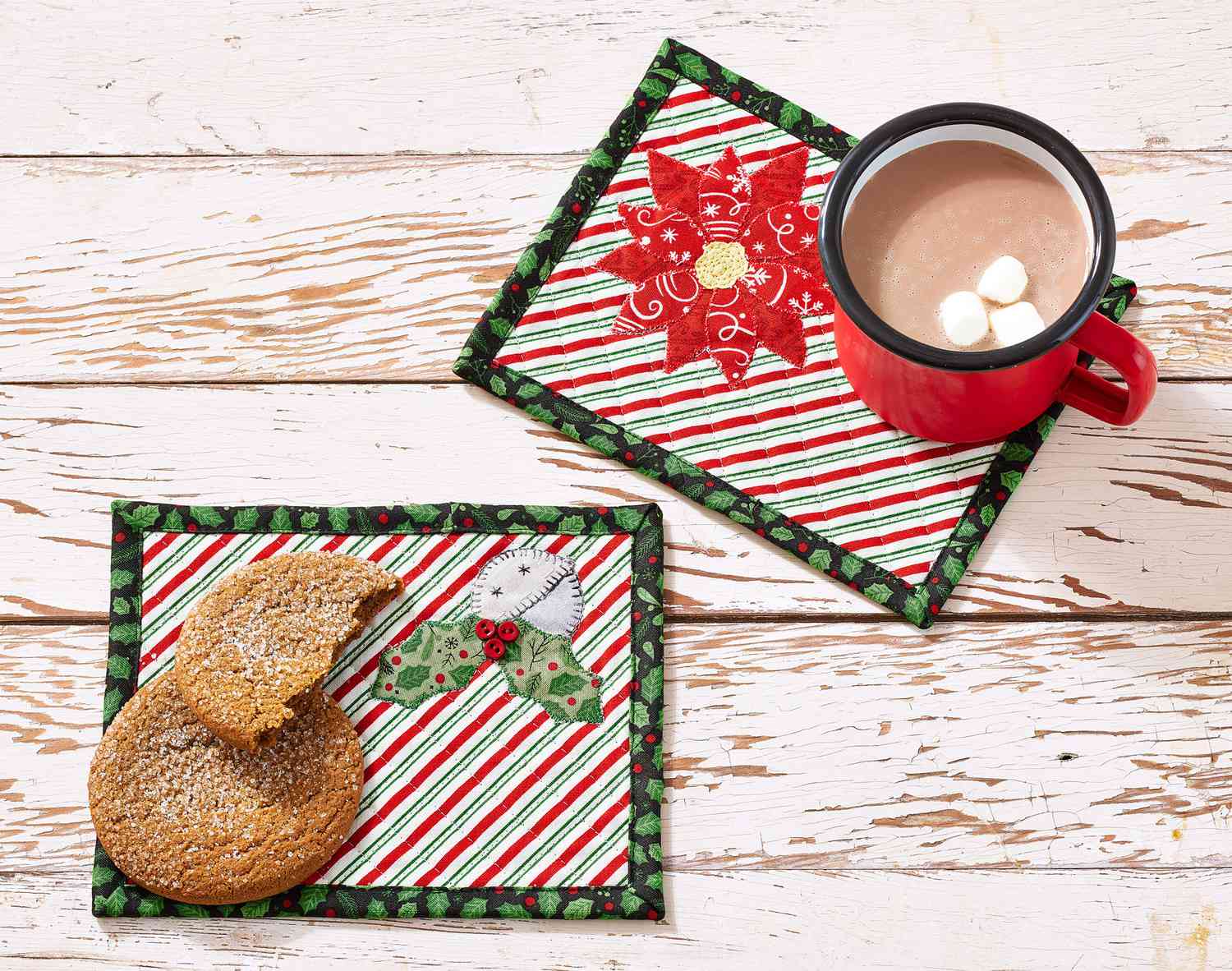The 8-Minute Rule for Top News Sites
The 8-Minute Rule for Top News Sites
Blog Article
Little Known Questions About Unique Art.
Table of Contents10 Easy Facts About Unique Art DescribedThe 7-Minute Rule for Unique ArtThe Of Unique ArtThe Main Principles Of Unique Art
While one may debate which art form holds priority, the reality stays that each of these 7 kinds supplies an one-of-a-kind window into human background, culture, and development. They are the tapestries that chronicle our journey, advising us of our past while motivating visions for the future.Excellent artwork narrates, makes people look twice, and develops an unique experience that can not be matched. Art and illustrations connect every one of that through color, shape and other design components. Learn just how to make your special art work stand apart from the crowd.

8 TRIA GIOVANEqual parts grand and laidback, this foyer designed by Anthony Baratta is the ideal blueprint to adhere to if you're decorating an official entryway that still feels unfussy and comfy. Formed textiles take facility stage (see the carpetings and the couch), yet they also aid bring the high ceilings to a human range when hung over wallpaper.
See This Report on Unique Art
18 Heidi Caillier DesignA gallery wall does not need to take up the entire room. In some cases a little one can make a bigger design declaration. In this living space, Hiedi Caillier decided for micro-mini frames and an arbitrary make-up.
The elements of this languageits shapes, lines, colours, tones, and texturesare utilized in various methods to produce sensations of quantity, space, motion, and light on a level surface. These aspects are combined into expressive patterns in order to stand for real or mythological phenomena, to analyze a narrative style, or to develop completely abstract aesthetic partnerships.
Later the concept of the "great artist" developed in Asia and Renaissance Europe. Throughout the 19th century painters in Western societies started to shed their social placement and safe patronage.
The Ultimate Guide To Unique Art
Others made an earnings through touring exhibitions of their work. The requirement to appeal to an industry had changed the comparable (if much less impersonal) needs of patronage, and its effect on the art itself was most likely comparable. Usually, artists in the 20th century can reach a target market only via commercial galleries and public museums, although their job might have been periodically duplicated in art periodicals.

Don't duplicate the style of various other artists if you're searching for your design. Copying other individuals's artwork can be wonderful in academic objectives but it will certainly not make you closer to finding your own one-of-a-kind style. Your creative style needs to be, what you like and what influences you.
I would think about your own design as a style you paint in naturally, when you allow go of all ideas and rules and simply concentrate on painting, not considering it. Unique Art. The design needs to come normally to you when you are kicked back and you can not require it or it will not be your very own style, simply somebody else's
Top Guidelines Of Unique Art

With time you'll have the ability to sort all of them into your favorite and the very least favorite classifications. Try to focus your focus on the check over here subjects and tools that you like and before you see it coming you'll have your own individual and one-of-a-kind design, like no person else have! So ultimately you'll have a couple of favored topics to repaint and perhaps a few favored tools.
The style has to establish itself over time with a great deal of practice and experiments - Unique Art. Thanks for reviewing this message and if you have any inquiries leave them in the remarks below, I would certainly more than happy to address these
Report this page